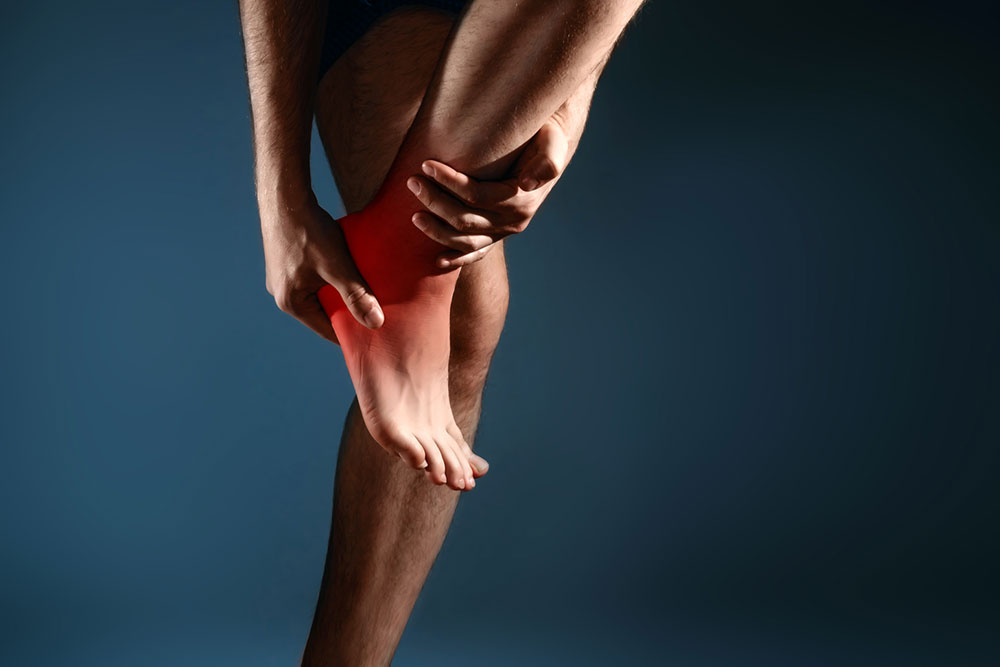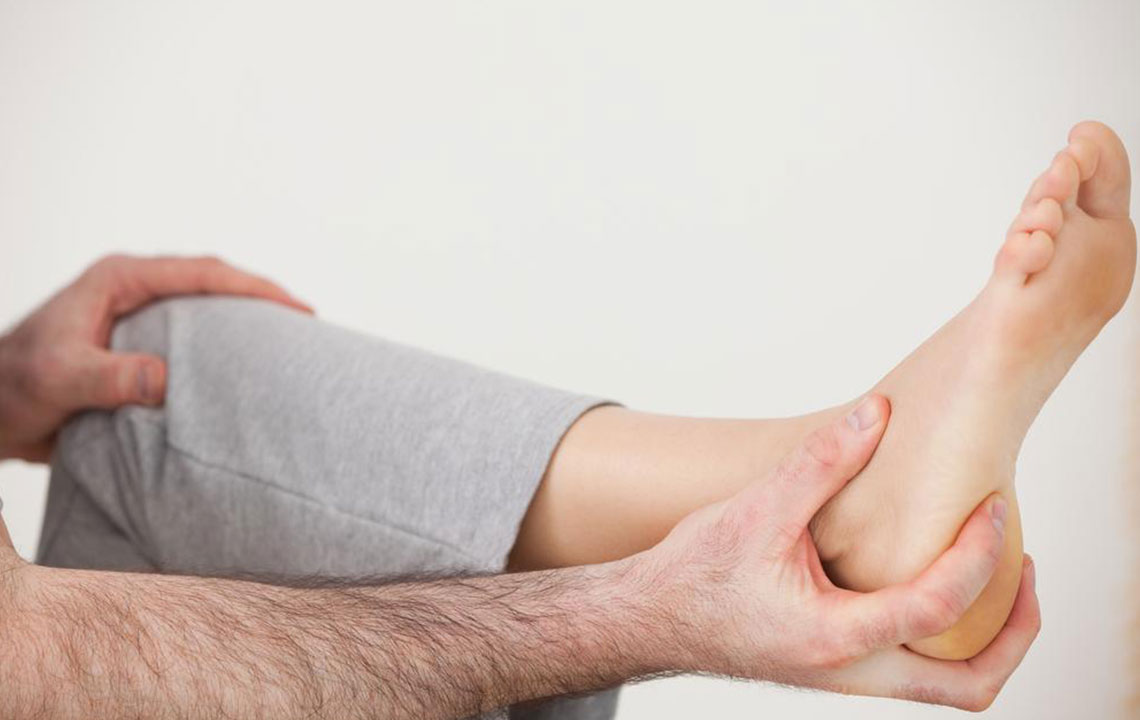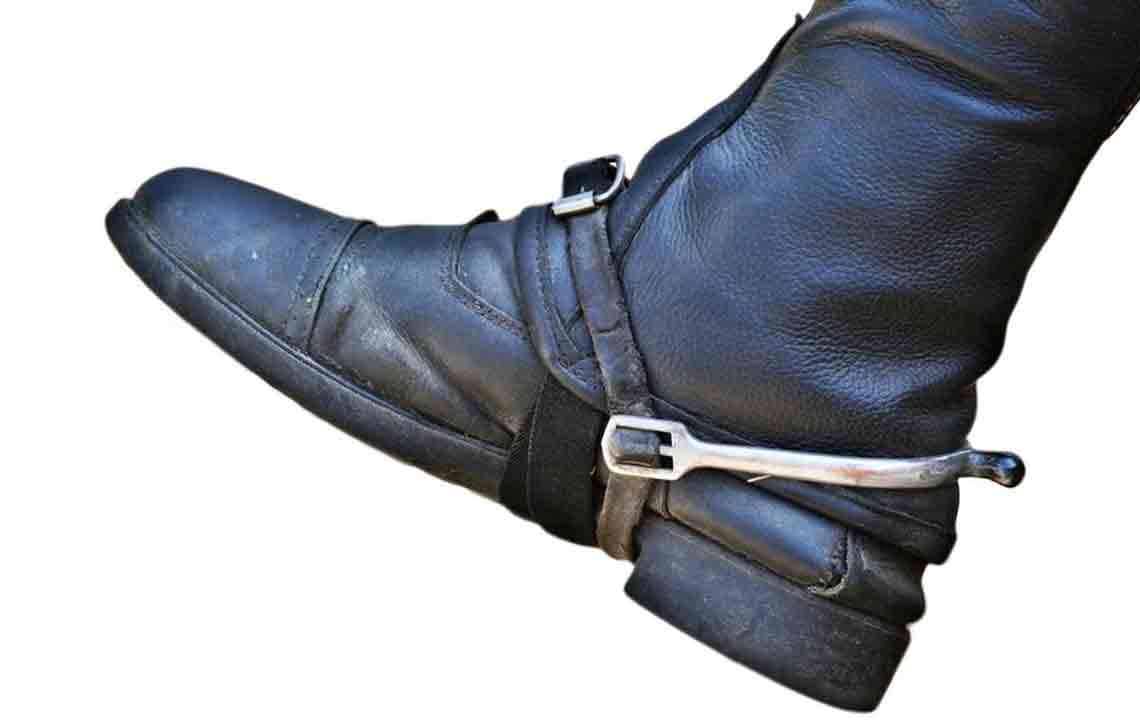Top Methods to Relieve Heel Spur Discomfort
Discover effective methods to relieve heel spur pain with proven therapies like ice application, supportive footwear, and advanced treatments. Learn about surgical options and prevention tips to manage this common heel condition effectively and restore comfort quickly.

Top Methods to Relieve Heel Spur Discomfort
Heel spurs are bony outgrowths forming on the bottom of the heel bone, which can cause pain and make walking difficult. Some individuals don’t notice them, while others suffer from significant discomfort, especially when coupled with plantar fasciitis. These growths develop near the arch, making treatment vital. While supportive shoes help, targeted therapies are essential for effective relief. Heel spurs result from calcium deposits often linked to ligament overstretch or repetitive stress, common among athletes and active people.
Alleviating symptoms can be achieved through various approaches. Here are some proven strategies:
Ice Application
Using cold packs on the heel helps reduce swelling and pain. Wrap an ice pack in cloth and apply for 10 minutes, repeating hourly for maximum comfort. Keep the packs frozen for convenience.
Proper Footwear
Select shoes that offer strong heel support and lessen pressure on the heel. Shoes should have moderate flexibility; avoid collapsing soles. Slight heel elevation (up to an inch) can also decrease stress. Custom orthotics are helpful if standard shoes aren’t sufficient.
Over-the-Counter Pain Relief
Non-prescription medications like NSAIDs can help ease pain and reduce inflammation. Consult your healthcare provider before use, especially if you have other health issues.
Cryoultrasound Therapy
This advanced treatment combines cold therapy with electromagnetic energy to target heel pain. Performed by specialists, it uses a wand device to deliver treatment, promoting inflammation reduction and tissue healing.
Corticosteroid Injections
These options provide quick pain relief by decreasing inflammation. Limit injection numbers to prevent potential tendon damage or other risks. The procedure involves numbing the area first.
Surgical Options
If conservative methods fail, surgery may be advised. The surgery typically involves removing the heel spur and releasing affected tissue. While effective, it carries risks like nerve injury and possible recurrence. Recovery can take several weeks, with restricted walking during healing.
Heel spurs develop from calcium buildup beneath the heel over months, often growing unnoticed until pain appears. Repetitive strain, ligament overload, or high-impact activities contribute. Preventive steps include reducing intense activity, avoiding excessive pressure, and consulting healthcare professionals early. Prompt treatment helps prevent worsening symptoms and speeds up recovery.


